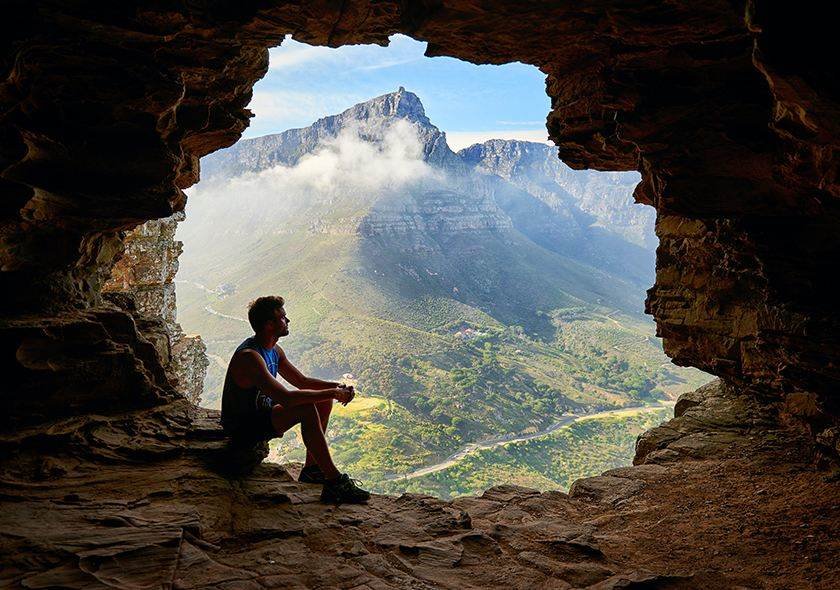Dubdi Monastery – The Oldest Monastery of Sikkim
Dubdi Monastery – The Oldest Monastery of Sikkim
Category: West Sikkim | Trek Duration: 1–1.5 hours (from Yuksom)
Best Time to Visit: March–June & Sept–Nov
Introduction : A Journey to Sikkim’s Spiritual beginnings
Tucked away in the misty forests of West Sikkim, Dubdi Monastery (also known as Yuksom Monastery) is not just a hidden gem—it’s a spiritual landmark. Established in 1701 by Lhatsun Namkha Jigme, it is the oldest monastery in Sikkim, and the first built after the consecration of the first Chogyal (king) of Sikkim.
For travelers seeking offbeat experiences, peaceful treks, and deep spiritual history, Dubdi Monastery offers a soulful detour from modern chaos. And with Sikkim Diaries Tours & Treks, your journey to this sacred haven becomes an unforgettable adventure.
Why visit Dubdi Monastery ?
- Historical Significance: Dubdi is part of Sikkim’s holy trinity of monasteries—alongside Tashiding and Pemayangtse. It marks the birth of Buddhism in Sikkim.
- Nature Meets Spirituality: The trail leading up from Yuksom passes through dense forests, chirping birds, and fluttering prayer flags.
- Peaceful Escape: Perched atop a forested ridge, it offers panoramic views of the valley—perfect for meditation, photography, or reflection.
The Trek: Yuksom to Dubdi monastery
Starting from the historical town of Yuksom, the moderate trek to Dubdi takes about 40–60 minutes. The trail is mostly uphill, shaded by a canopy of oaks, chestnuts, and magnolias.
Trek Highlights
- Prayer wheels powered by streams
- Moss-covered stone paths
- Local cardamom plantations
- Occasional sightings of exotic birds and butterflies
- Our guides ensure a comfortable, enriching journey, sharing local stories and Buddhist lore along the way.
Inside the Monastery: A Glimpse into Tibetan culture
Dubdi, meaning “The Retreat”, is a two-storied stone structure with a charming blend of Tibetan architecture and natural simplicity. Its highlights include:
- Ancient manuscripts and Buddhist scriptures
- Large statues of the founding Lamas
- Murals and relics depicting early Sikkimese history
- A gilded bell-shaped dome (Gyaltshen) on the roof
Note: The monastery is usually closed but can be opened when the resident lama is present. Our treks are scheduled to maximize the chance of entry.
Best Time to Visit
Plan your trek during the spring (March–June) or autumn (Sept–Nov) when the weather is clear, skies are blue, and wildflowers bloom along the trail.
During the Lhosar Festival or Saga Dawa, the monastery comes alive with chants, rituals, and traditional celebrations—a photographer’s dream and a spiritualist’s bliss.
Travel Tips from Sikkim Diaries
- Wear sturdy trekking shoes; the path can be slippery in monsoon.
- Carry water and light snacks—there are no shops en route.
- Respect local customs and dress modestly near religious sites.
- Bring a light jacket; the monastery sits at around 2,100 m altitude.
How to Reach Dubdi monastery
By Road: Yuksom is 5–6 hours from Gangtok (via Geyzing or Pelling).
Nearest Airport: Pakyong Airport (120 km), Bagdogra Airport (155 km)
Nearest Railway Station: New Jalpaiguri (NJP), ~150 km
Our Sikkim Diaries private vehicles and guided treks make access safe, comfortable, and deeply informative.
Book your Monastery Trail with Sikkim Diaries
Whether you’re a solo traveler, a photographer, a trekker, or a spiritual seeker—Dubdi Monastery is more than just a trek. It’s a quiet lesson in history, harmony, and Himalayan resilience.
Join our exclusive “Monastery Trails of Sikkim” itinerary, which includes:
Guided trek to Dubdi
- Local homestay experiences in Yuksom
- Visits to Tashiding & Pemayangtse
- Organic meals & cultural exchange


